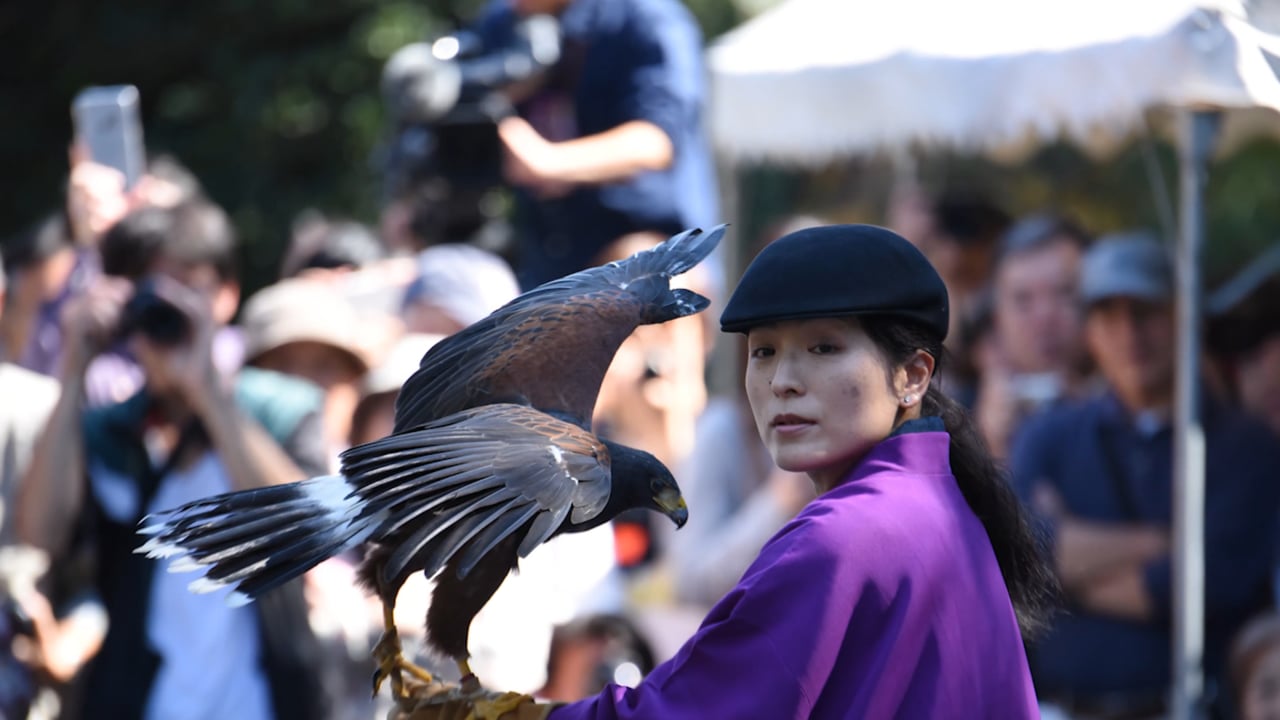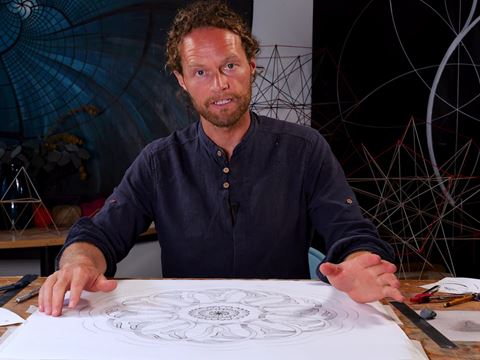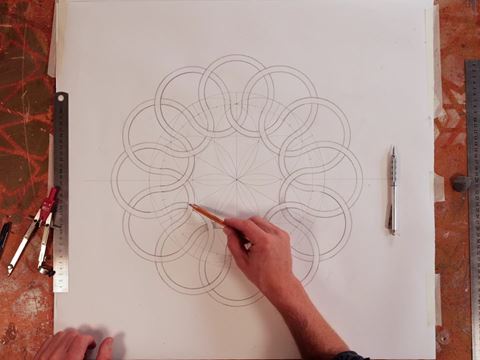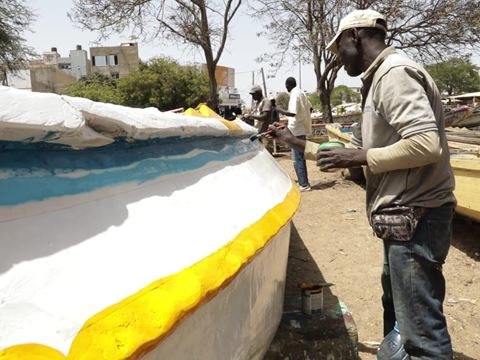
This content is blocked
You need to give permission.
Rites of Flight: Falconry in Japan
Duration:5min
Video by Steve Shelton
For more than 1,000 years, falconry—hunting with birds of prey—symbolized power for the emperor and, later, the elite samurai. The most highly trained keepers of the tradition were based in the mountains west of Tokyo, where late last year the 18th generational head of what is today called the Suwa Falconry Preservation Society received her title, prepared to teach a new generation devoted to Japan’s place in global falconry culture.
For more than 1,000 years, falconry—hunting with birds of prey—symbolized power for the emperor and, later, the elite samurai. The most highly trained keepers of the tradition were based in the mountains west of Tokyo, where late last year the 18th generational head of what is today called the Suwa Falconry Preservation Society received her title, prepared to teach a new generation devoted to Japan’s place in global falconry culture.


